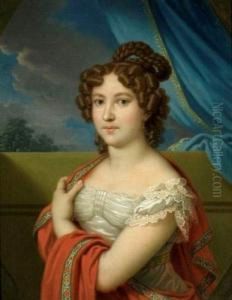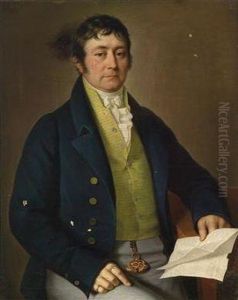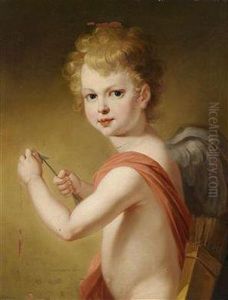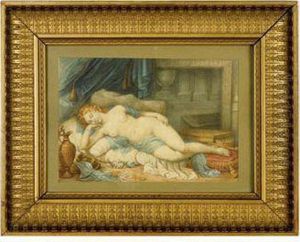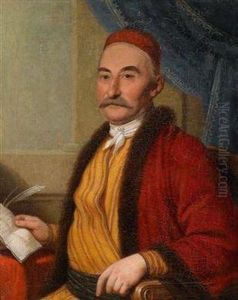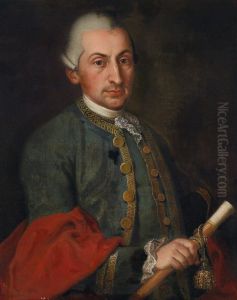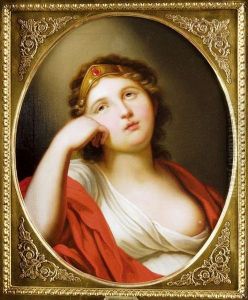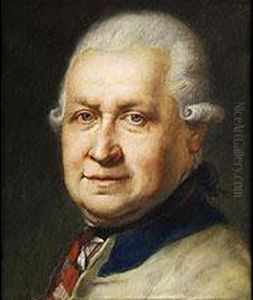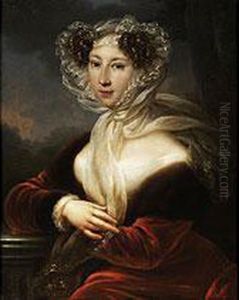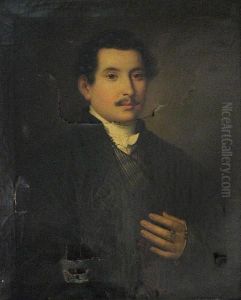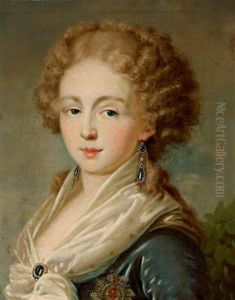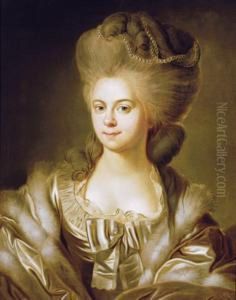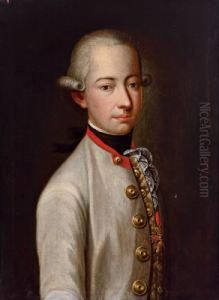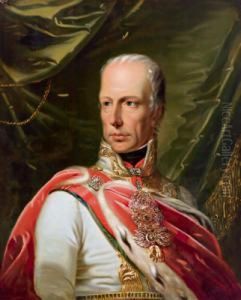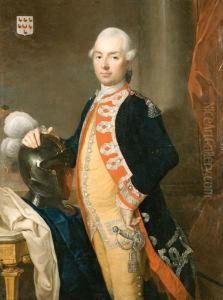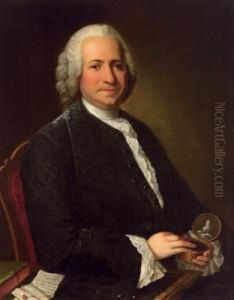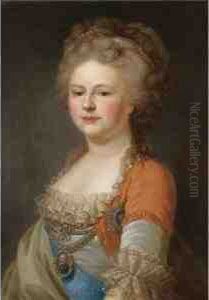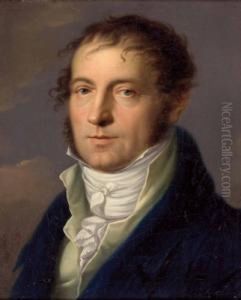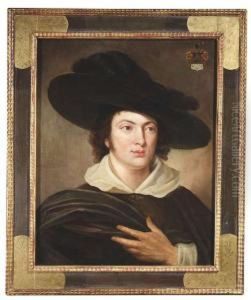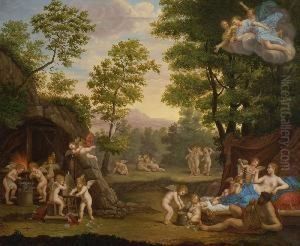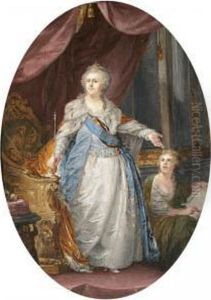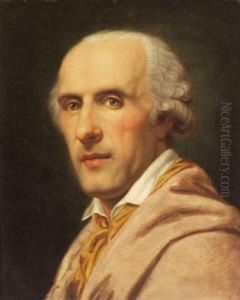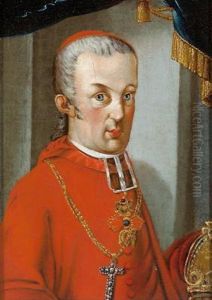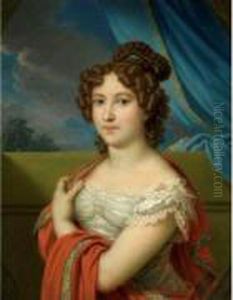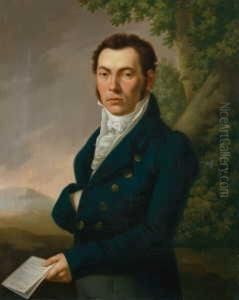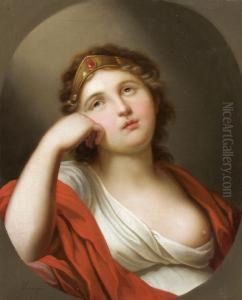Johann Baptist Ii Lampi Paintings
Johann Baptist II Lampi was an Austrian portrait painter, born on December 31, 1751, in Romeno, Trentino, which at the time was part of the Austrian County of Tyrol. He was the son of Johann Baptist Lampi the Elder, who was also a painter, and he had a brother, Franz Xavier Lampi, who pursued the same career. Johann II was known for his clear and precise painting style, which made him one of the most sought-after portraitists of his time.
Initially, Johann II Lampi received his artistic training from his father before he went on to study at the Academy of Fine Arts Vienna. His talent was recognized early in his career, and he became a successful portrait artist in the Habsburg domains. Lampi's work was appreciated for its nuanced approach to lighting and detail, which brought depth and vitality to his portraits.
Lampi spent some time in Poland where he became a court painter to King Stanisław II Augustus. He painted numerous aristocrats and was particularly noted for his ability to capture the elegance and sophistication of his subjects. His time in Poland greatly influenced his style and helped him gain significant prestige.
In 1786, he returned to Vienna and continued to work as a portraitist. He was later appointed a professor at the Academy of Fine Arts in Vienna in 1792, where he taught for several years. His influence extended to a new generation of artists through his teaching.
Throughout his career, Johann II Lampi traveled extensively, working in various European cities, including St. Petersburg, where he was invited by Catherine the Great. His portraits are characterized by a refined composition and a subtle play of light and shadow, which was typical of the late Baroque and early Neoclassical periods.
Lampi's ability to capture the personality and stature of his sitters has left a lasting legacy. His works can be found in many museum collections across Europe, including the Belvedere in Vienna and the Hermitage Museum in St. Petersburg. Johann Baptist II Lampi passed away on August 11, 1830, in Vienna, leaving behind a body of work that continues to be celebrated for its artistic merit and historical importance.
